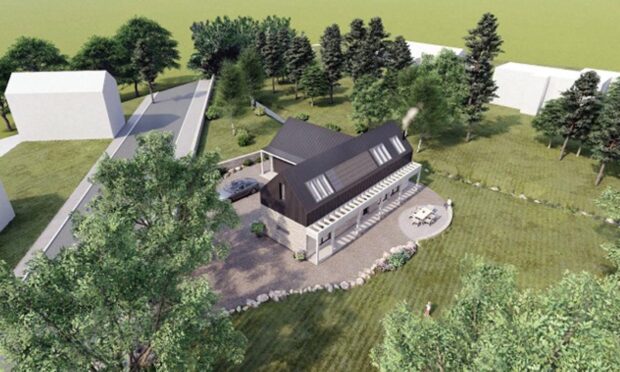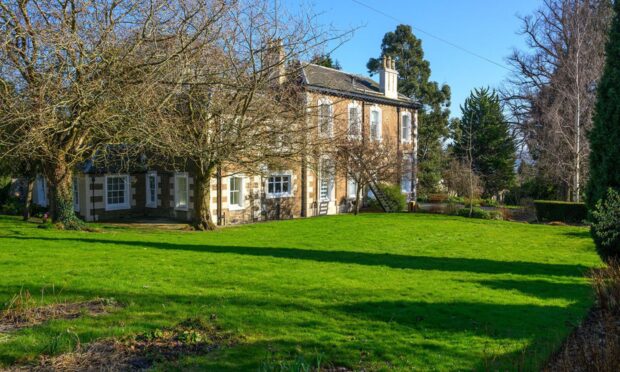A former barracks and area of foreshore running underneath and beside the new Queensferry Crossing has gone on sale.
The Royal Naval Barracks at Port Edgar stretches to 17 acres, with five acres on land and 12 acres of seabed. It also has its own private beach.
The site is located situated right on the shore of the Firth of Forth, approximately half a mile west of South Queensferry. Accessed from Society Road, the site provides views of the three Forth bridges; the iconic Forth Rail Bridge, the Forth Road Bridge, and the new Queensferry Crossing, which is directly above part of the site.
Included in the sale are three former barracks buildings, a two-storey officer’s ward, several additional single story buildings – including former guard rooms and recreational buildings – and an air raid shelter. In total there is just under 6,000 square metres of internal accommodation across all of the site’s buildings.
The base played an important role during the first and second world wars, and has received listed status due to its rich history. In World War One it was involved in the Battle of Jutland, while in the Second World War it was Scotland’s main mine-sweeping base.

The development plan for the site is covered by the Edinburgh Local Development Plan. Designated as “white land,” there are no site-specific policy designations, so in theory it could be suitable for everything from residential development to commercial, leisure or tourism purposes.
With its private beach, easy access to Edinburgh and superb views of all three of the Forth bridges it’s an impressive site and its selling agents say there has already been a great deal of interest from prospective developers.
Peter Fraser, Director in Avison Young’s Edinburgh office, said: “This is an extremely rare opportunity to acquire a site with rich naval history that also benefits from a wide range of possible future uses.
We anticipate interest from a wide spectrum of developers and occupiers, from housebuilders to outdoor pursuits operators; commercial developers to maritime-related industries given the potential to own ca. 12 acres of seabed on the outskirts of Edinburgh.”
Time line of Port Edgar’s naval history
- 1916 – acquired by Admiralty as new naval base
- 1918 – 1927 – buildings used as barracks
- 1930s – buildings on former naval base used as holiday camp for unemployed people from Glasgow and Edinburgh
- 1939 – Port Edgar reactivated as HMS Lochinvar – specialist minelaying & minesweeping facility
- 1960 – Port Edgar becomes Navy’s only minesweeping training facility
- 1975 – Final closure of naval facilities at Port Edgar
- 1998 – Scottish Ministers assume responsibility for the barracks site around the time of devolution. Becomes the main archive store for the Museum of Scotland’s (NMS) agricultural collection
- 2013 – The buildings are vacated by NMS
The Royal Naval Barracks at Port Edgar are on sale with Avison Young. Offers are invited.










